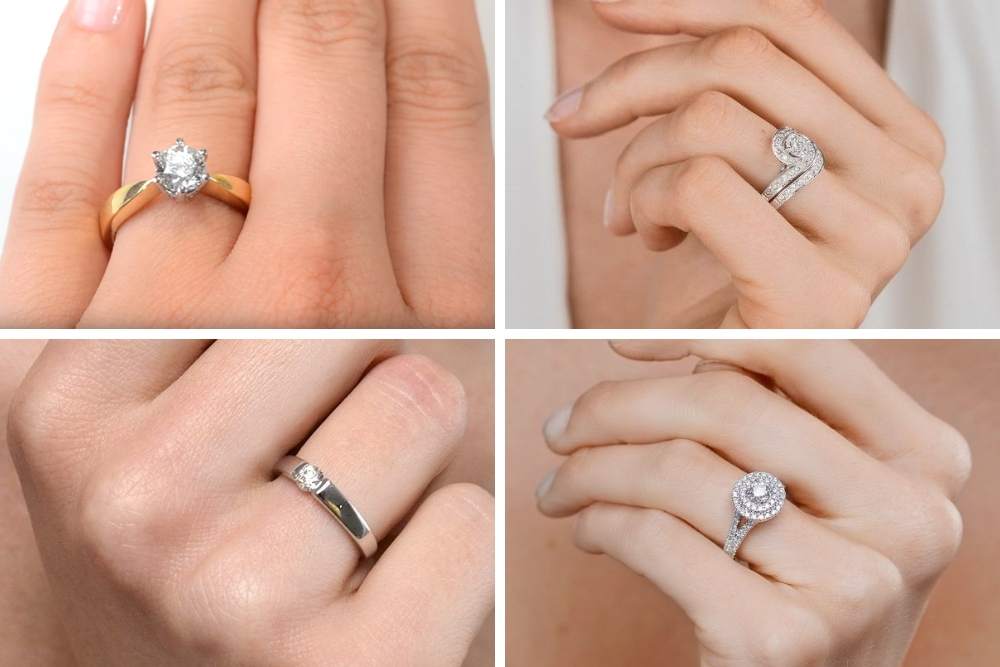Introduction to Lab Diamond Rings
Lab diamond rings have gained immense popularity in recent years due to their ethical sourcing, affordability, and remarkable brilliance. Unlike natural diamonds, lab diamond rings claws environments, making them a sustainable and eco-friendly option. When selecting lab diamond rings, the claws that hold the stone play a crucial role in enhancing the ring’s overall aesthetics and security.
What Are Lab Diamond Rings?
Lab diamond rings are crafted using high-tech processes that replicate the natural diamond formation. These diamonds possess the same physical, chemical, and optical properties as mined diamonds, making them an excellent alternative. The beauty of lab diamond rings lies in their flawless structure, which allows them to shine just as brilliantly as their natural counterparts. Choosing the right claws for lab diamond rings ensures that the stone remains secure while showcasing its brilliance.
Importance of Claws in Lab Diamond Rings
The claws in lab diamond rings serve as the primary setting component that holds the diamond in place. Claws not only secure the lab diamonds but also influence the overall design and appearance of the ring. Different claw settings can affect how much light passes through the lab diamonds, enhancing their sparkle. Selecting the right number and style of claws can determine the durability and aesthetic appeal of lab diamond rings.
Types of Claws for Lab Diamond Rings
There are several types of claws used in lab diamond rings, each offering unique benefits. The most common claw setting is the four-claw setting, which allows maximum light exposure to the lab diamonds while keeping them secure. Another popular option is the six-claw setting, which provides extra security, making it ideal for larger lab diamonds. The choice of claws for lab diamond rings depends on personal preference and lifestyle factors.
Choosing the Right Metal for Claws in Lab Diamond Rings
The metal used for claws in lab diamond rings plays a crucial role in the ring’s overall look and durability. White gold and platinum are the most popular choices for claws in lab diamond rings as they blend seamlessly with the diamond, enhancing its brilliance. Rose gold and yellow gold claws can create a striking contrast against the lab diamonds, giving the ring a unique and vintage-inspired appeal. The right metal choice for claws in lab diamond rings depends on individual style and durability requirements.
How Claw Design Affects Lab Diamond Rings
The design of claws in lab diamond rings significantly impacts the ring’s aesthetics and security. Delicate, thin claws provide an elegant and minimalist look, while thicker claws offer enhanced durability and a bold appearance. Some lab diamond rings feature decorative claw settings, such as double claws or petal-shaped claws, which add a touch of uniqueness to the ring. The shape and positioning of the claws can also influence how prominently the lab diamonds are displayed.
Caring for Lab Diamond Rings and Claws
Proper care and maintenance of lab diamond rings ensure their longevity and brilliance. Regular cleaning helps remove dirt and oil buildup, allowing the lab diamonds to maintain their sparkle. Checking the claws periodically is essential to prevent any loosening that may put the lab diamonds at risk of falling out. Storing lab diamond rings separately in a soft pouch or jewelry box prevents scratches and damage to the claws.
Why Lab Diamond Rings Are a Sustainable Choice
Lab diamond rings are an environmentally friendly and sustainable choice compared to mined diamonds. The production of lab diamonds requires fewer resources, making them a responsible option for eco-conscious consumers. Additionally, lab diamonds are free from ethical concerns associated with traditional diamond mining. By choosing lab diamond rings, buyers can enjoy a stunning and guilt-free piece of jewelry. The right claws further enhance the appeal and security of these exquisite lab diamonds.
Conclusion: Finding the Perfect Lab Diamond Rings with Ideal Claws
Lab diamond rings offer an exceptional blend of beauty, sustainability, and affordability. The choice of claws plays a crucial role in determining the overall aesthetics, security, and durability of the ring. Understanding different claw settings, metal options, and maintenance tips can help buyers make an informed decision when selecting lab diamond rings. With the right claws and proper care, lab diamond rings remain a timeless and dazzling piece of jewelry that can be cherished for a lifetime.

